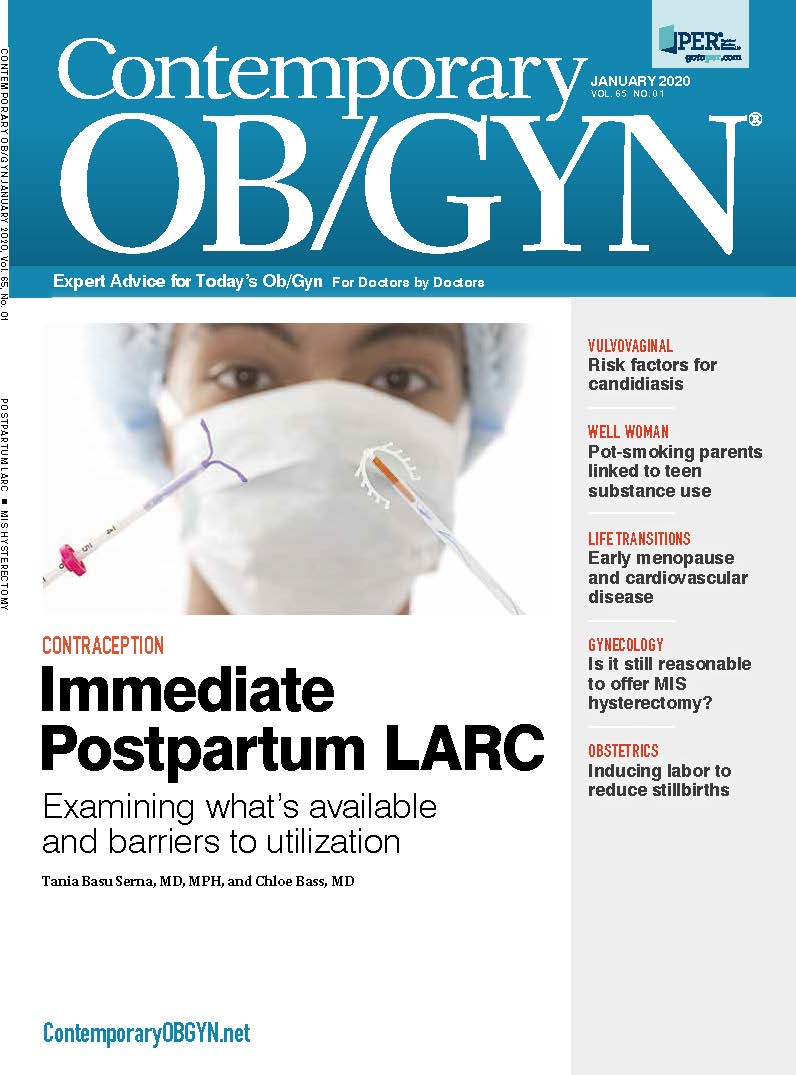Plasma transfusion for persistent postpartum hemorrhage: Does timing matter?
Published in JAMA Network Open, a new study offers surprising results about plasma transfusion effectiveness for women with PPH.
©chanawit - stock.adobe.com

Dutch investigators theorized that outcomes in new mothers would be better with initiation of plasma transfusion within 60 minutes of persistent postpartum hemorrhage (PPH). Findings from their new study, however, tell a different story.
Methods
Published in JAMA Network Open, the results are from a multicenter cohort study conducted in the Netherlands. The authors identified women in the transfusion strategies in women during major obstetric hemorrhage (TeMpOH-1) study, which retrospectively assessed transfusion strategies used in women during major obstetric hemorrhage. The cohort in the new analysis had persistent PPH, defined as PPH with at least 1000 mL of blood loss refractory to first-line interventions to control bleeding.
In the Netherlands, in women with PPH who are hemodynamically stable enough, uterine or internal iliac artery embolization is used before resorting to hysterectomy. If embolization is not available in an institution, it is common practice to transfer the patient to a nearby hospital with embolization facilities.
The current study included 1216 women (mean age 31.6 years) with PPH, of whom 932 (76.6%) delivered vaginally and 780 (64.1%) had PPH caused by uterine atony. The authors used time-dependent propensity score matching to select women who received plasma during the first 60 minutes of persistent PPH. Each woman was matched with a woman who had PPH of the same severity and received the same treatment but who had not received plasma at the moment of matching. Transfusions were not guided by coagulation tests.
The main outcomes were incidence of adverse maternal outcomes, defined as a composite of death, hysterectomy, or arterial embolization. Seven of the women (0.6%) died of PPH, 62 (5.1%) underwent hysterectomy, and 159 (13.1%) had uterine artery embolization.
Findings
Among women who received plasma during the first 60 minutes of persistent PPH, 114 could be matched with a comparable woman who had not received plasma at the moment of matching. Incidence of adverse maternal outcomes was similar between the women, with adverse outcomes recorded in 24 women (21.2%) who received early plasma transfusion and 23 women (19.9%) who did not receive early plasma transfusion (odds ratio 1.09; 95% CI 0.57-2.09). Results of sensitivity analyses were comparable to the primary results.
Conclusions
While the results do not support the authors’ original hypothesis, they said they should not be taken to indicate that plasma transfusion has no place in treatment of women with severe PPH. “Rather,” they said, “our study underlines the importance of developing tools to diagnose coagulopathy during persistent PPH. These tools may enable individualization of treatment of women with persistent PPH by identifying women who develop coagulopathy during persistent PPH.”

Impact of primary care physicians on cervical cancer screening disparities
May 14th 2024A study highlights how having a primary care physician significantly increases the likelihood of cervical cancer screening among lesbian, gay, and bisexual cisgender women, addressing disparities exacerbated by systemic discrimination and healthcare access challenges.
Read More
Prenatal cannabis and nicotine use linked to adverse pregnancy outcomes
May 14th 2024A recent study highlights the heightened risks of maternal and neonatal morbidity and mortality associated with combined cannabis and nicotine use during pregnancy, urging further investigation into their impact on short- and long-term outcomes.
Read More
